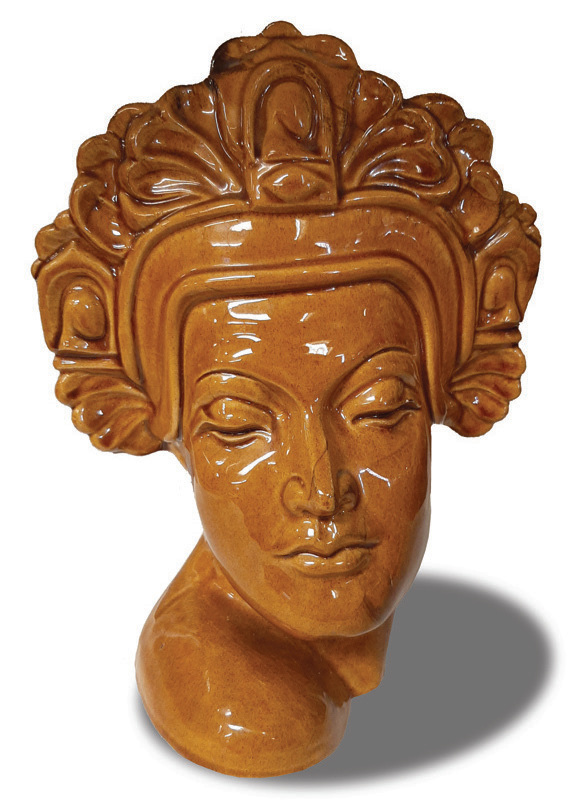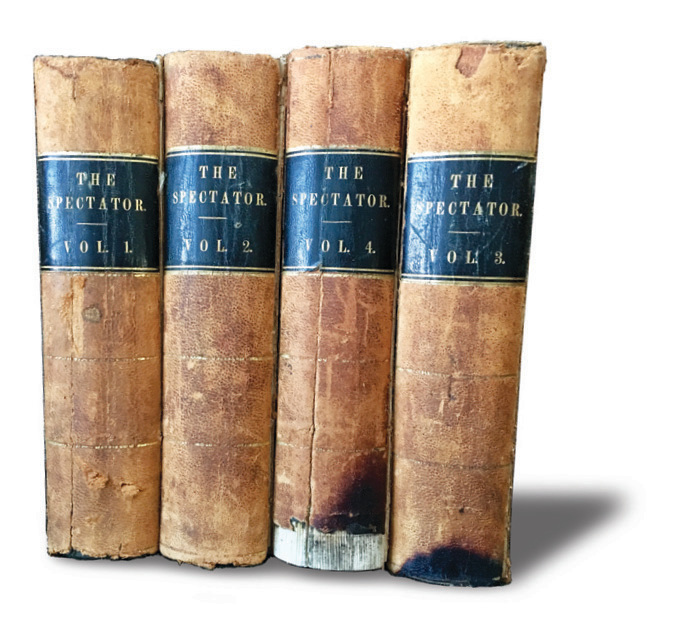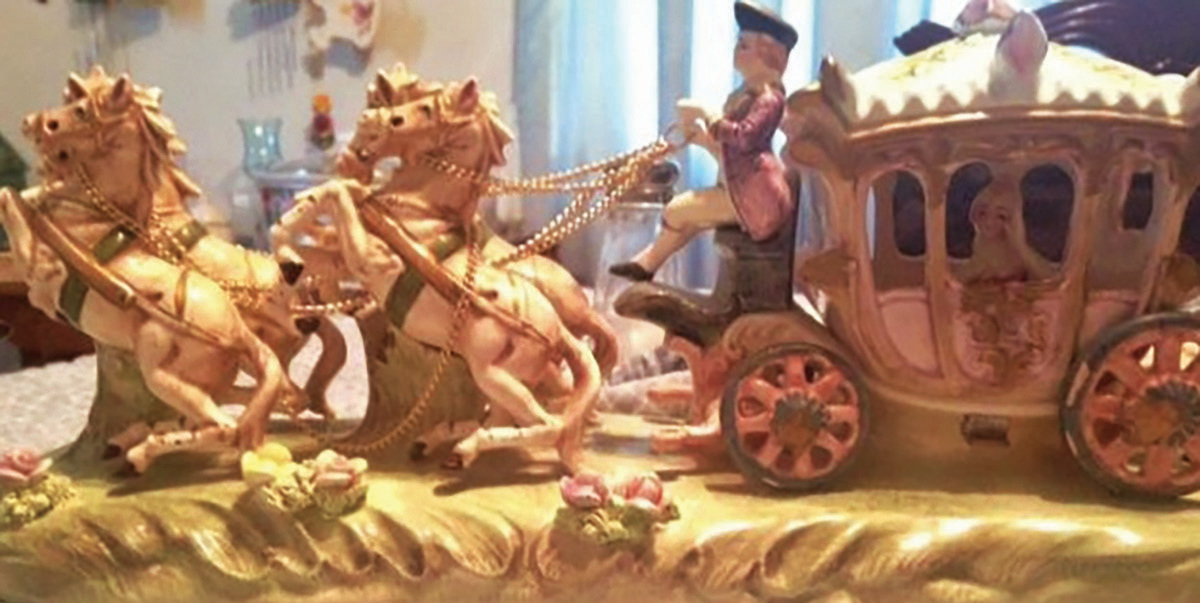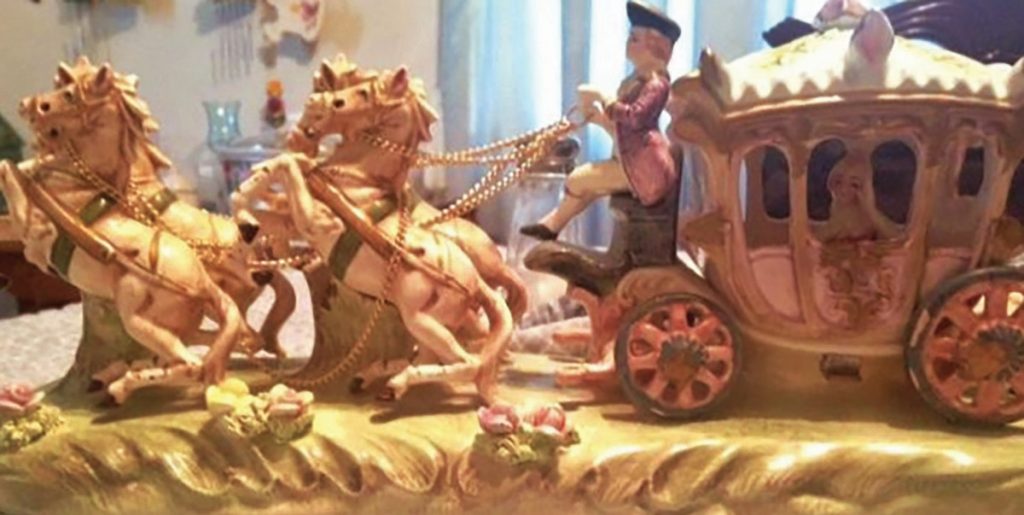Dear Connie Sue,
My neighbor brought this female head vase/planter to me. Neither of us knows if it’s authentic or a reproduction of Anna Van Briggle’s work. I found another one like it online. The signature was different-looking than ours. Can you help us?
Tonia, McMinnville

Dear Tonia,
Anna Van Briggle and her husband, Artus, opened a pottery production house in 1901. Artus was French and had worked for Rookwood. Still in production in Colorado Springs, Van Briggle pottery is marked with an incised, rough beehive and the name Van Briggle in some form. Fakes are being made of the earliest, high-priced Van Briggle pottery.
However, the convoluted origin of the “Anna Van Briggle Colo Spgs” mark began in 1954 when Jesse Lewis, possibly an heir, bought Dryden Pottery Company in Kansas, with the intent of expanding by combining Dryden and Van Briggle.
In the exchange of pieces from Kansas it was discovered the clay was not cooperative and rejected Van Briggle’s high-gloss glazes. To keep the incompatible clay pieces separate, the mark “Anna Van Briggle Colo Spgs,” without the beehive, was used. Pieces with this mark were made from 1955 to 1968.
Your brown, high-gloss glazed head vase made with Dryden pottery clay might sell in the $15-$35 range.
Dear Connie Sue.
I have recently become owner of this four-volume book set. I don’t have much information, and anything you can tell me would be appreciated.
Sharon
Dear Sharon,
Books with an intact title page are fairly self-explanatory. On one page, we have answers to who wrote the book, where, when and by whom it was published. Similar volumes, without inscriptions, in used condition sell dismally for $10 to $15 each. The handwritten inscription on the fly leaves — “Hugh L. McClung, 1861 and Ella C. McClung 1862, Knoxville” — indicates the book belonged to heirs of one of Knoxville’s first families. This attribution may increase value by two-thirds.

Dear Connie Sue
My Grandma passed away at the age of 94, and she left this to me. I’m not sure how long she had it. I’m curious about its history. The porcelain figurine (I always called it Cinderella) has an “N” marking on the bottom. Thank you.
Brenda
Dear Brenda,
The porcelain carriage with rearing horses, blonde passenger and proper coachman was made in Japan, mid-century. It is an imitation of Italian porcelains from Naples called Capodimonte.
The Italian porcelain creations were made by skilled artists. Each finger and flower is precise and lifelike. The colors are deeper with multiple firings that seem to add even more life to the figures.
Japanese-made Capodimonte reproductions have a gritty finish with less detail. The “N” with a crown mark was used by the Italians and kindly borrowed by the Japanese. I think the piece came with a paper mark, since lost, that said “Made in Japan.”
It is a lovely, showy fantasy of our Disney childhood. Comparable pieces are optimistically priced from $100 to $275. They sell for between $50 and $70.
Some of you may have similar porcelains offered by Andrea Sadek; they are clearly marked and marketed as such. These also sell in the $50-$70 range.




